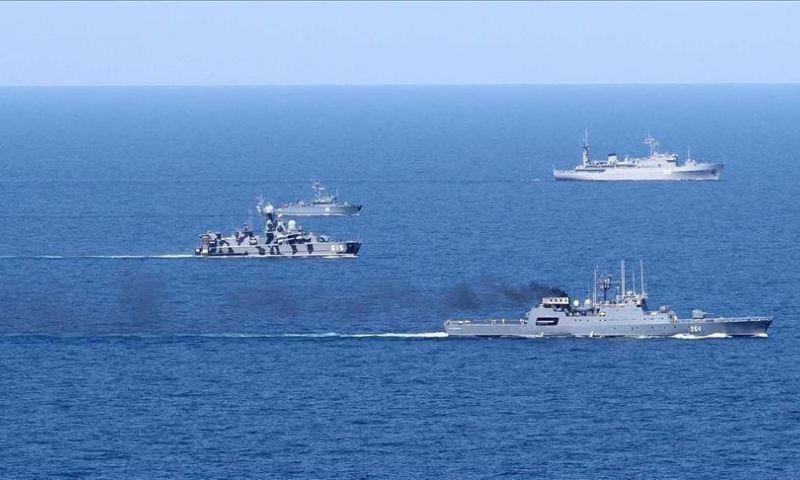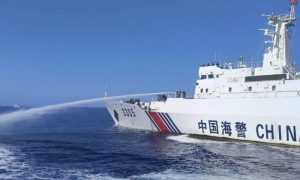MANILA: The Philippine and Japanese navies conducted their first joint exercise in the South China Sea, marking a significant step in enhancing security ties between the two US allies amidst growing pressure from China.
This exercise follows a recent agreement between Manila and Tokyo that allows for the deployment of troops on each other’s territory.
The joint drills featured the Japanese destroyer JS Sazanami and the Philippine guided missile frigate BRP Jose Rizal. According to the Philippine military, this “Maritime Cooperative Activity” aimed to bolster regional and international cooperation towards a free and open Indo-Pacific.
The two vessels engaged in communications exercises and tactical maneuvers in the West Philippine Sea—Manila’s designation for the part of the South China Sea nearest to the Philippines.
These activities were intended to enhance the tactical capabilities of both the Philippine Navy and the Japan Maritime Self-Defence Force, and to reinforce their mutual commitment to regional peace and stability.
During the exercise, a Jiangdao-class corvette and a Jiangkai-class frigate from the Chinese navy were observed nearby, approximately 7.4 kilometers (4.6 miles) and nine kilometers (5.6 miles) away, respectively. While the Chinese warships followed the exercise, they did not interfere, according to Philippine military spokesman Xerxes Trinidad.
“The exercise proceeded as planned, successfully improving tactical capabilities and strengthening cooperation between the Philippine and Japanese navies,” Trinidad stated.
Two days prior, a similar exercise took place in the South China Sea involving the Filipino patrol ship BRP Ramon Alcaraz and the US Navy’s littoral combat ship USS Mobile.
As longstanding allies of the United States, the Philippines and Japan are deepening their security cooperation in response to China’s assertive actions in the region.
The growing partnership comes amid heightened concerns over potential conflicts involving Taiwan and the South China Sea, which could draw in the US China’s increased naval confrontations with Philippine vessels underscore its attempts to assert dominance over the strategically crucial South China Sea.

























